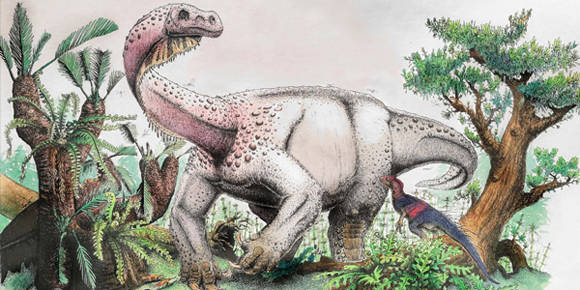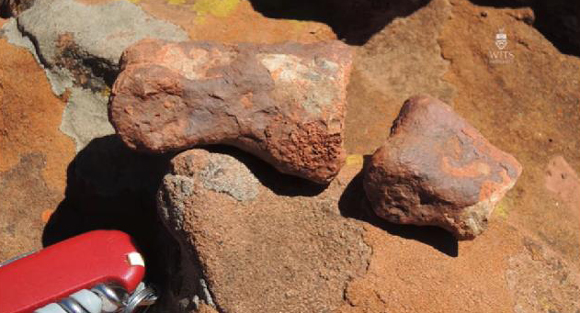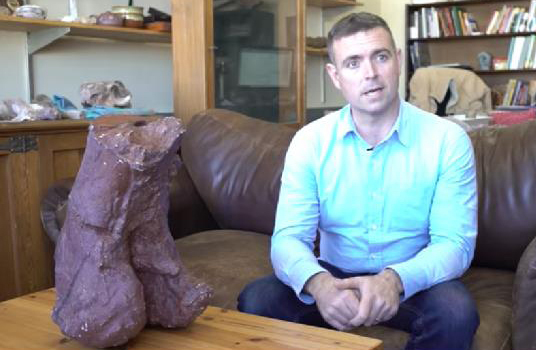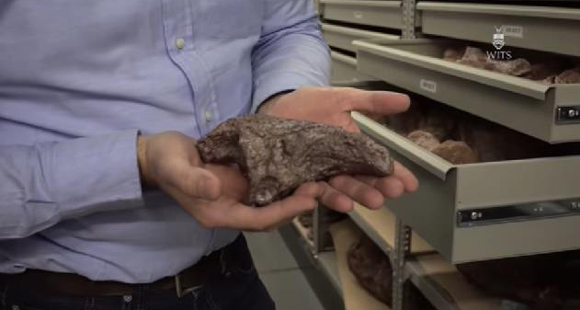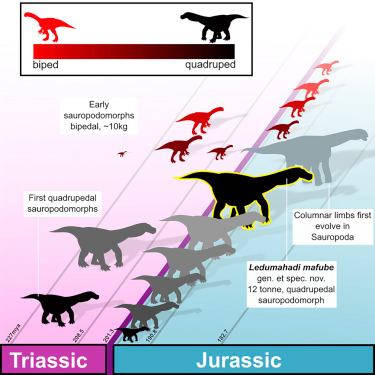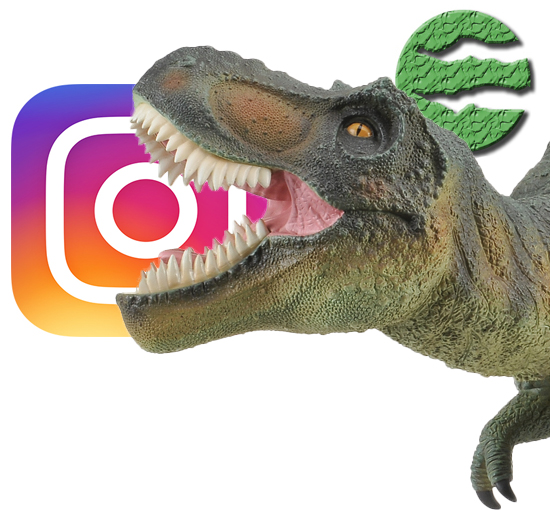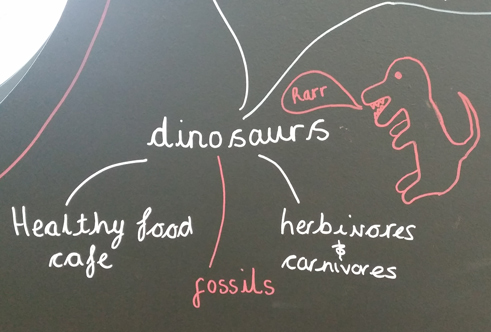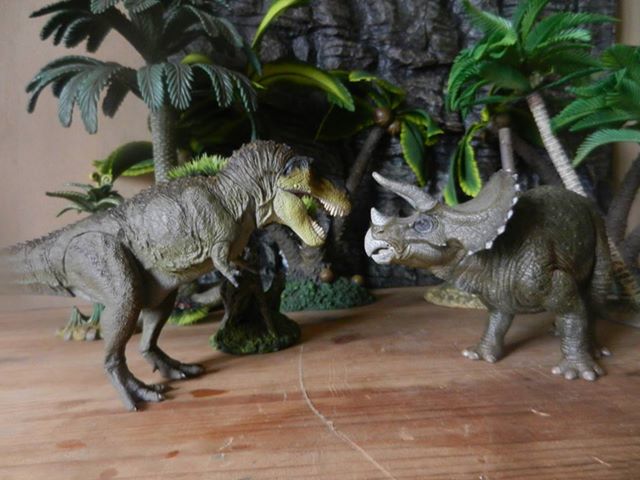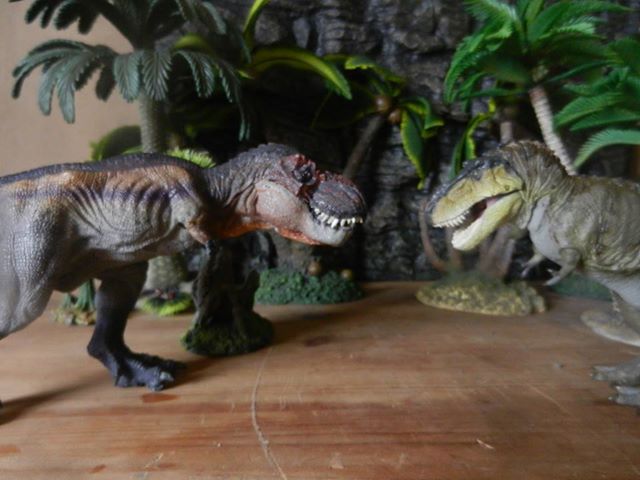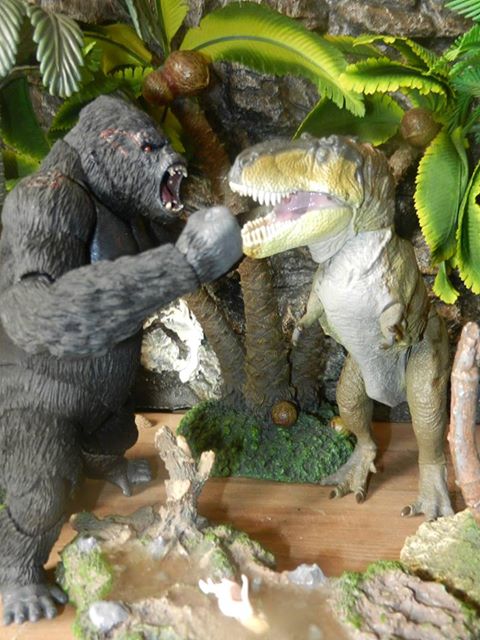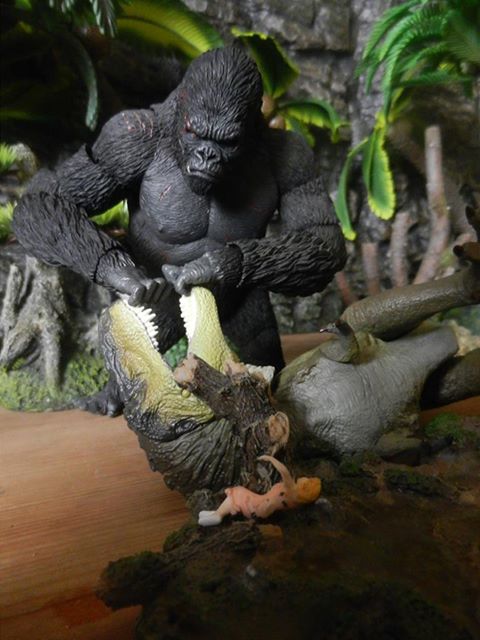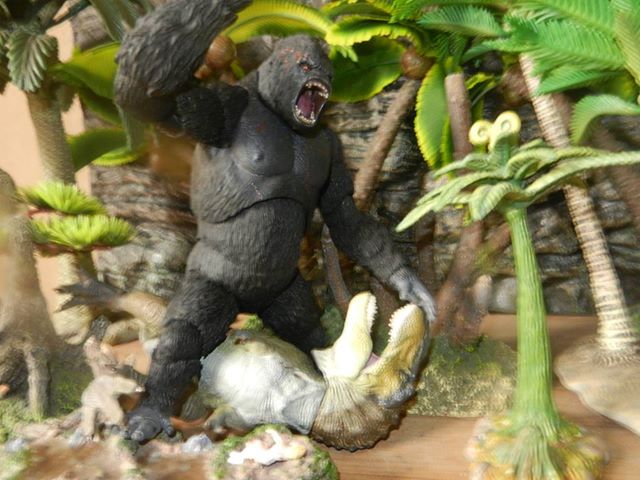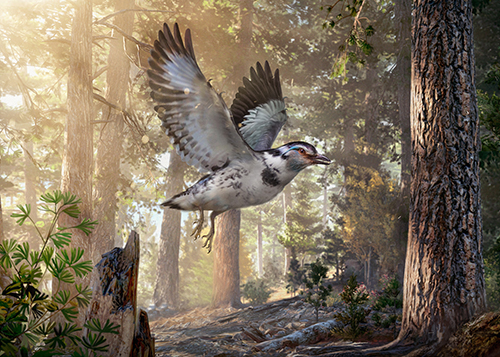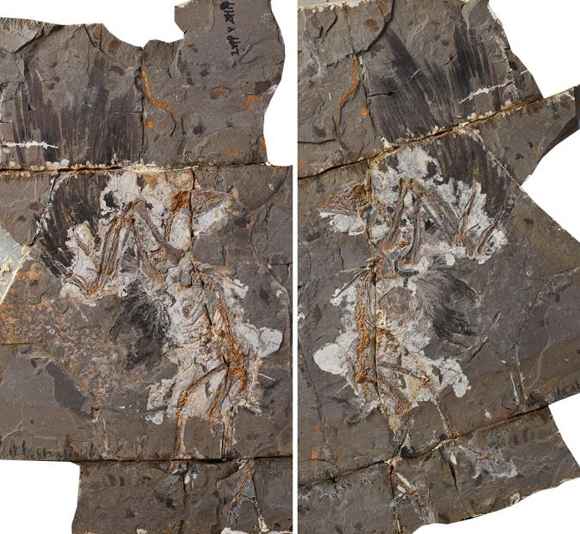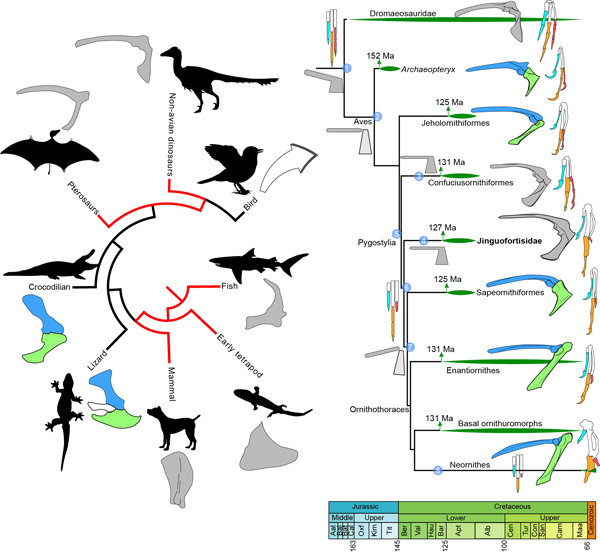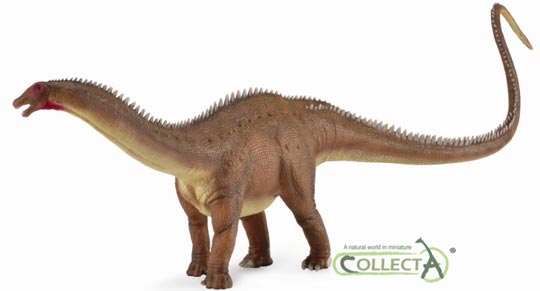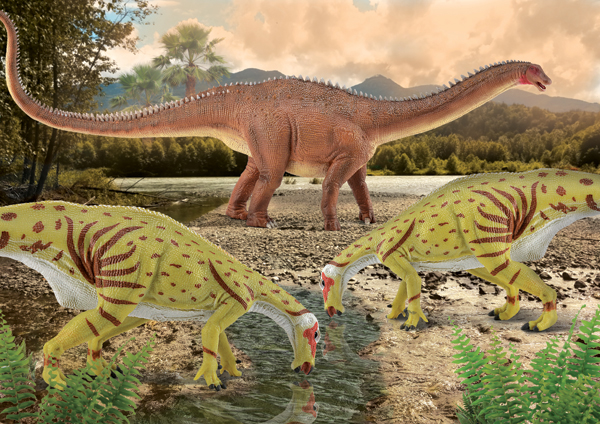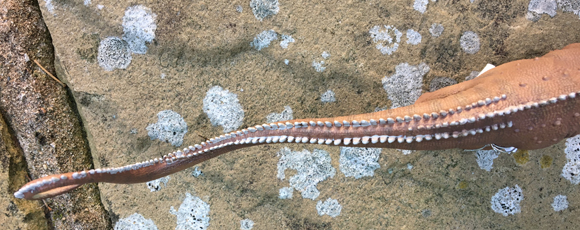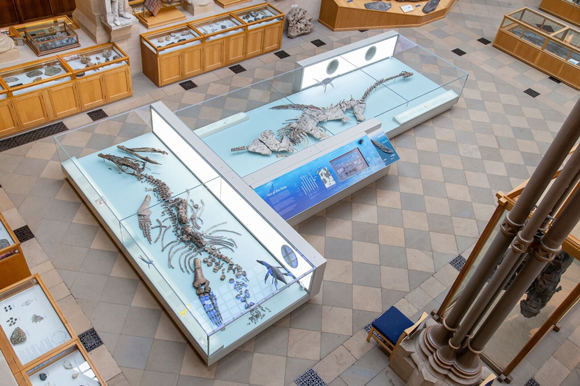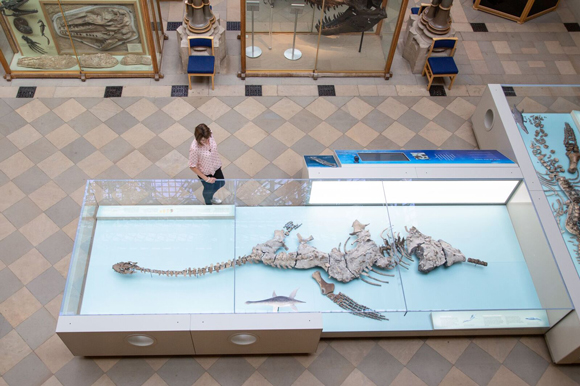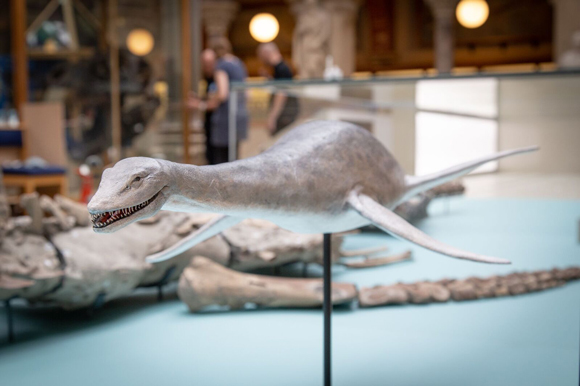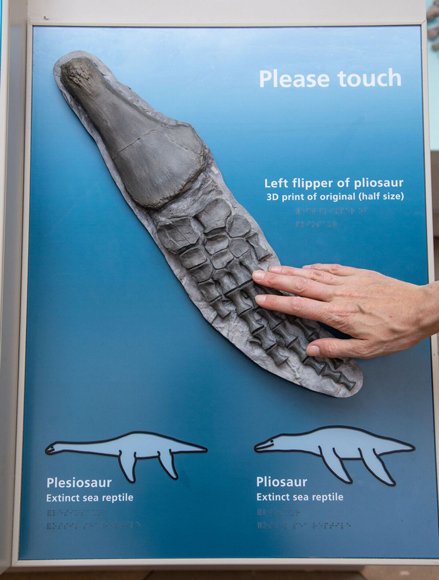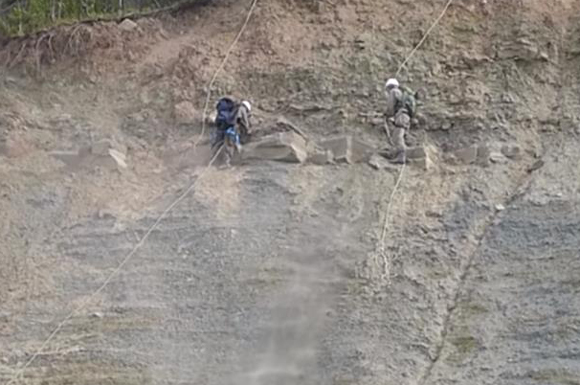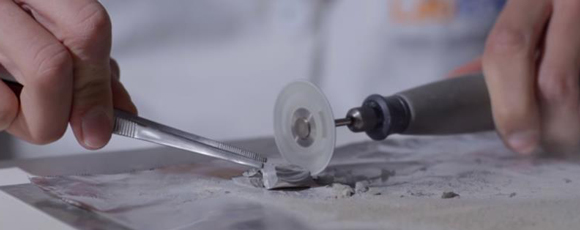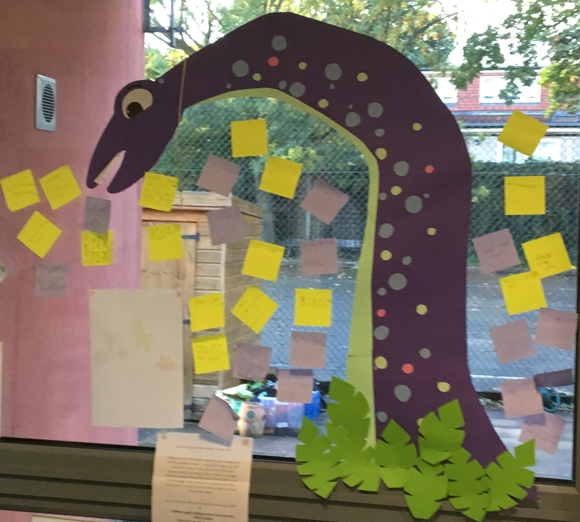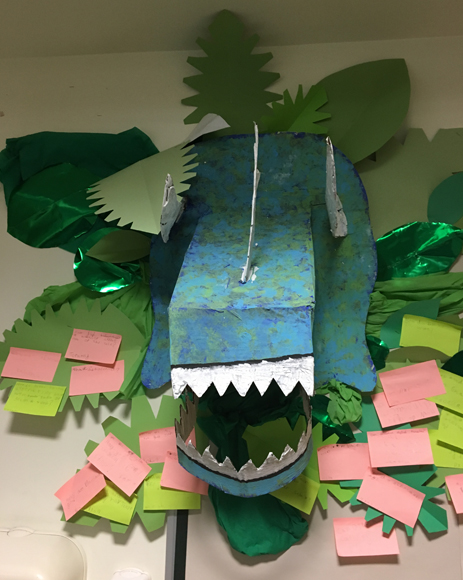Everything Dinosaur Supports the Exclusive TetZooCon 2018
Everything Dinosaur Supports TetZooCon 2018
The countdown to the annual TetZooCon has well and truly started, there is just under a week to go until the prestigious London conference dedicated to living and extinct tetrapods. TetZooCon opens on Saturday 6th October and for the first time, the amazing number of speakers, presenters and activities means that the fifth incarnation of this event has been extended over two days. A whole weekend dedicated to the “TetZooniverse”!
Everything Dinosaur is honoured to be involved in this annual gathering and we have dispatched some rather special prehistoric animal models and figures that can be used as prizes for the super-tricky (but still fun), quiz that is a staple of this wonderful event.
Just Under One Week Until TetZooCon 2018

Picture credit: Darren Naish/John Conway
Talks, Presentations, Palaeoart Workshops, Book Signings and So Much More
Our congratulations to conference organisers Darren Naish and John Conway who have put together a varied and fascinating group of speakers and other tetrapod themed events for what will, no doubt, be an extremely enjoyable and informative weekend. Visitors to The Venue, Malet Street, London next weekend will be able to spot Everything Dinosaur’s slides that have been prepared for use in between the talks and various presentations.
Everything Dinosaur Supports TetZooCon 2018

Picture credit: Everything Dinosaur
Everything Dinosaur Slides
The slides will showcase the breadth and the range of prehistoric animal figures and models that Everything Dinosaur now stocks. Our prehistoric animal inventory is nearly as eclectic and diverse as the incredible range of presenters that have been invited to speak at this year’s TetZooCon. Highlights of the event include a talk from herpetologist Mark O’Shea, Jennifer Jackson on the origins of baleen whales, Katrina van Grouw on the influence of Homo sapiens on the fate of Earth’s biota and Fiona Taylor providing a composer’s perspective on music used in wildlife documentaries.
We hope that Bristol University’s Steve Zhang, another speaker at this illustrious gathering, will spot the Eofauna Straight-tusked elephant (Palaeoloxodon antiquus) figure that we have donated as a quiz prize. After all, Steven will be one of the first speakers TetZooCon 2018, with a short presentation highlighting the rise and fall of the Straight-tusked elephant.
The Slideshow Will Highlight the Huge Range of Prehistoric Animal Figures Stocked By Everything Dinosaur
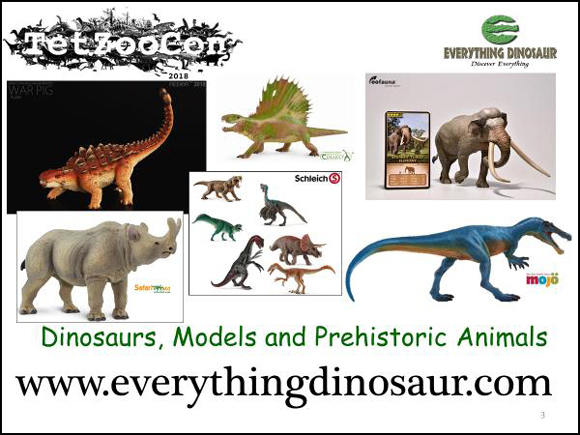
Picture credit: Everything Dinosaur
The 2018 TetZooCon has a Very Special Banner
Since the very first TetZooCon in 2014, a promotional banner has been created by Darren featuring some of the enormous number of illustrations that the vertebrate palaeontologist and science writer has compiled for his textbook detailing the evolutionary history of the vertebrates. This year’s banner is a little different, it includes artwork produced by delegates at last year’s conference, helping to encapsulate the inclusive and participative elements of this unique event.
If you attended TetZooCon and contributed to the pair of giant panels produced during the palaeoart workshop, then your own illustration may have been used to help create the 2018 TetZooCon promotional banner.
Beasts of the Mesozoic Will Feature at TetZooCon 2018

Picture credit: Everything Dinosaur
A spokesperson from Everything Dinosaur commented:
“TetZooCon is now in its fifth year and it is going from strength to strength. Our congratulations to Darren and John for putting on this not-for-profit event, it is a wonderful example of scientific outreach, bringing together a cornucopia of talented artists, illustrators and scientists all helping to inform and educate. Special wishes to Beth Windle, who once again will be bringing a Tetrapod inspired cake along to this prestigious event.”
Eagle-eyed attendees will spot something rather special on the slide presentation that we have prepared especially for TetZooCon 2018. Everything Dinosaur will soon be sending out an important news release about yet another exciting development at the company. A new range of prehistoric animal figures is being added to Everything Dinosaur’s already impressive portfolio and delegates at TetZooCon 2018 will be amongst the first to find out about this.
More news about TetZooCon and the developments at Everything Dinosaur coming soon….
In the meantime, visit the Everything Dinosaur website: Everything Dinosaur.


